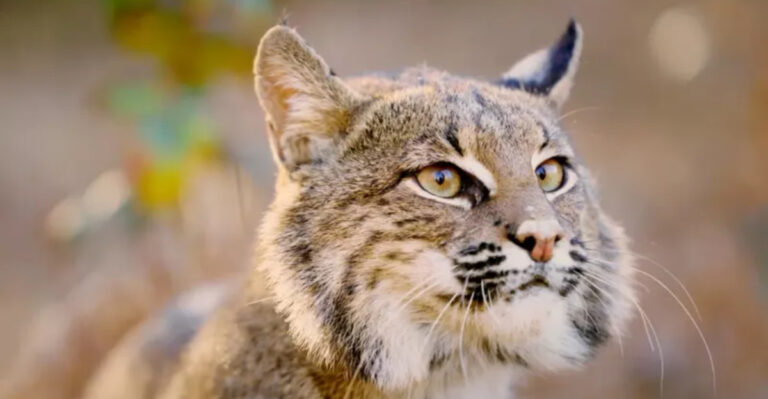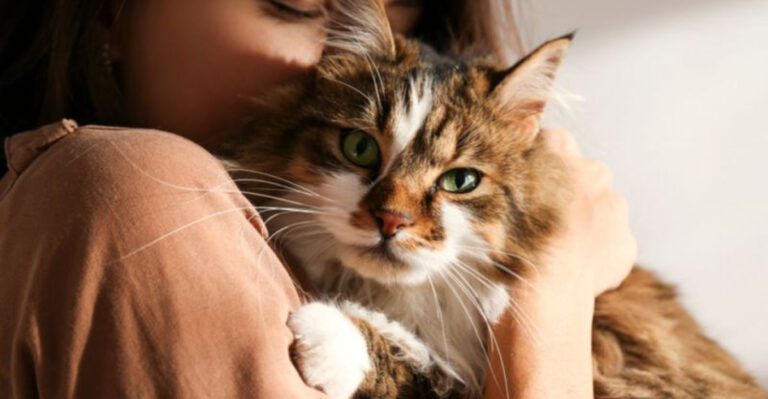14 Surprising Truths About Giving Your Cat Catnip
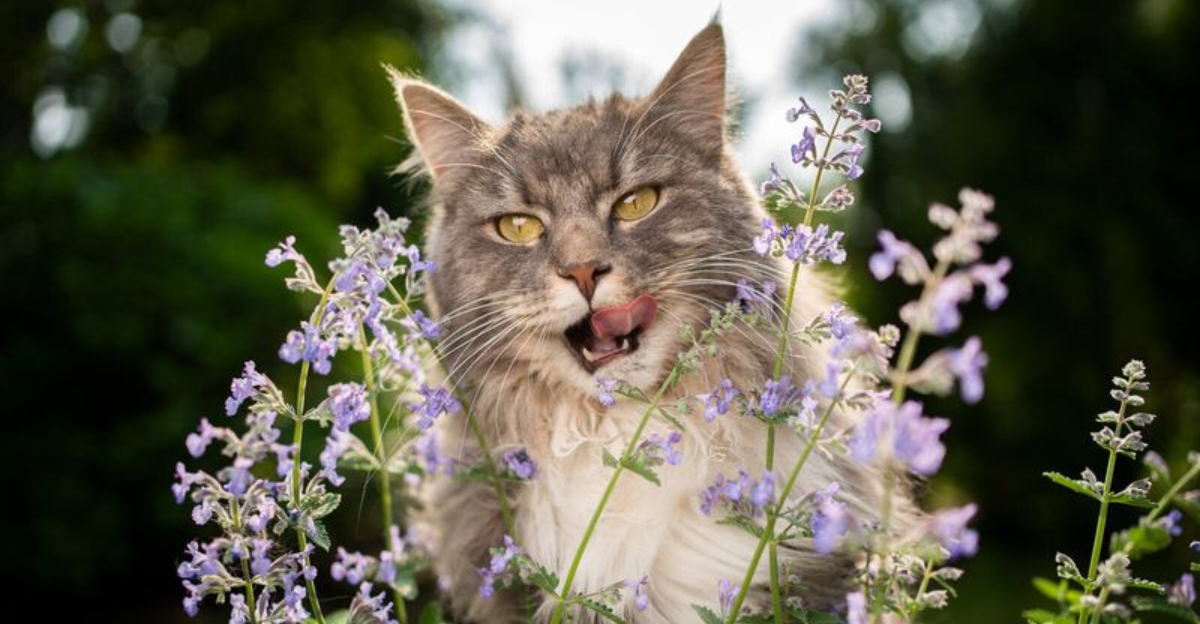
Catnip can spark some serious fun for your feline, but it’s not a one-size-fits-all experience. Before diving in, it’s good to know what to expect.
This post covers all the essentials – from how catnip affects your cat to signs it’s working (or not). You’ll learn about safe ways to introduce it and how often to offer it.
1. Safe Catnip Products
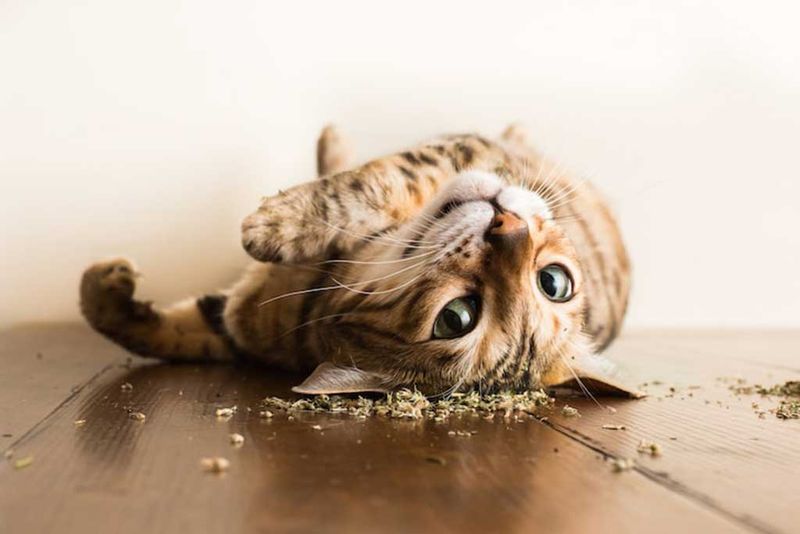
Not all catnip is created equal, so pick products that are safe and high quality. Organic options without chemicals are always a smart choice.
Toys, sprays, and loose leaves each offer a different kind of fun. Trying a mix keeps your cat curious and happy.
Check labels and reviews before you buy to avoid any hidden risks. A little research goes a long way.
2. Catnip And Multi-Cat Households
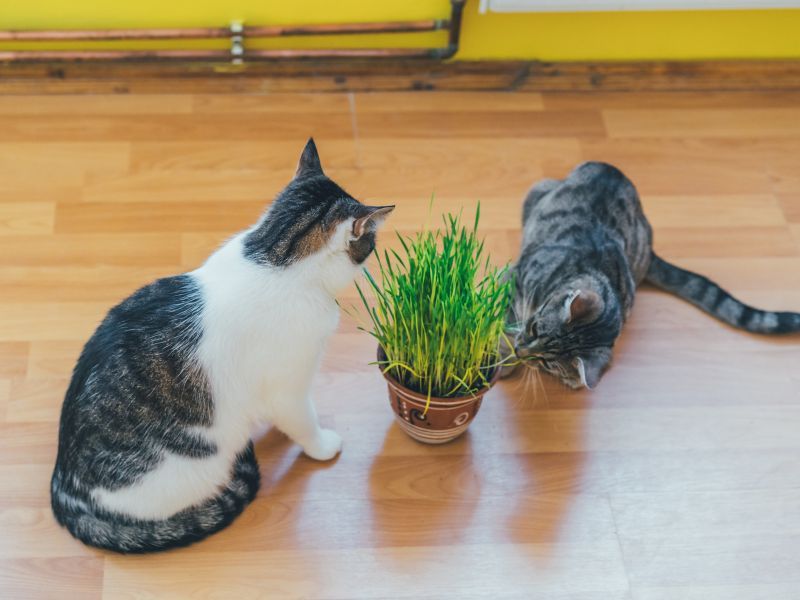
Introducing catnip in a multi-cat home takes a little strategy and a lot of observation. Some cats get playful, while others might get possessive or cranky.
Start by offering catnip toys separately to avoid turf wars. Watch how each cat reacts and adjust your setup as needed.
In some cases, catnip encourages group play and bonding—other times, not so much. If tensions rise, try alternatives like silver vine or valerian root.
Every cat is different, so knowing their personalities helps keep the peace. A thoughtful approach means more fun and less drama for everyone!
3. Is Catnip Safe?
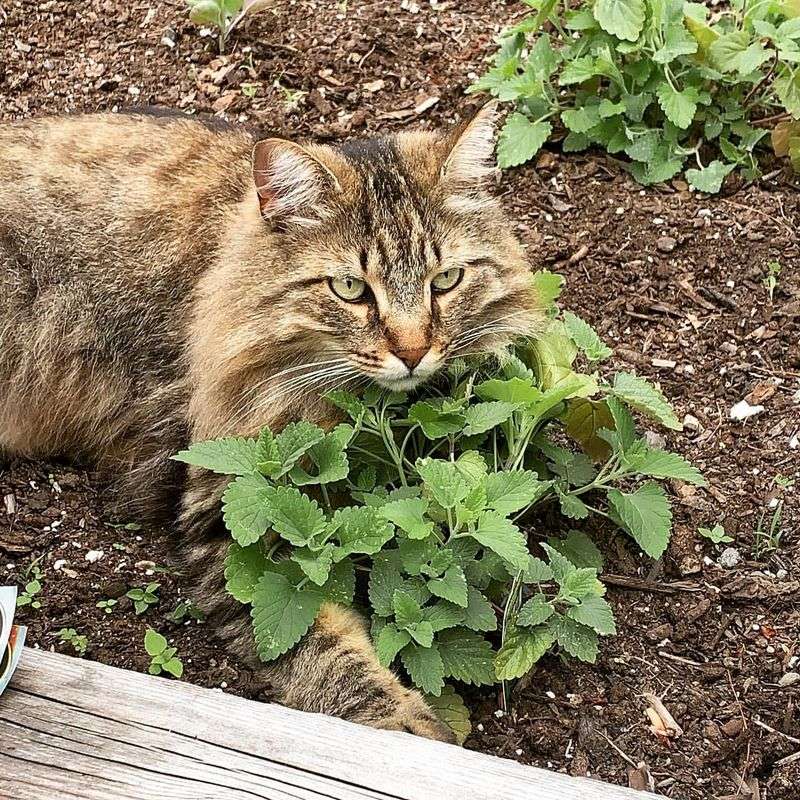
Catnip is generally safe for cats and doesn’t contain any harmful toxins. Most felines can enjoy it without any serious side effects.
That said, moderation matters—too much can cause mild tummy trouble like vomiting or diarrhea. This usually happens if they eat a lot of fresh leaves or stems.
It’s best to introduce catnip in a calm, secure space and watch how your cat reacts. Some may get hyper or even a little aggressive.
Veterinarians suggest using catnip as an occasional treat, not an everyday thing. When used wisely, it can be a fun and enriching part of your cat’s routine.
4. How Catnip Affects Behavior
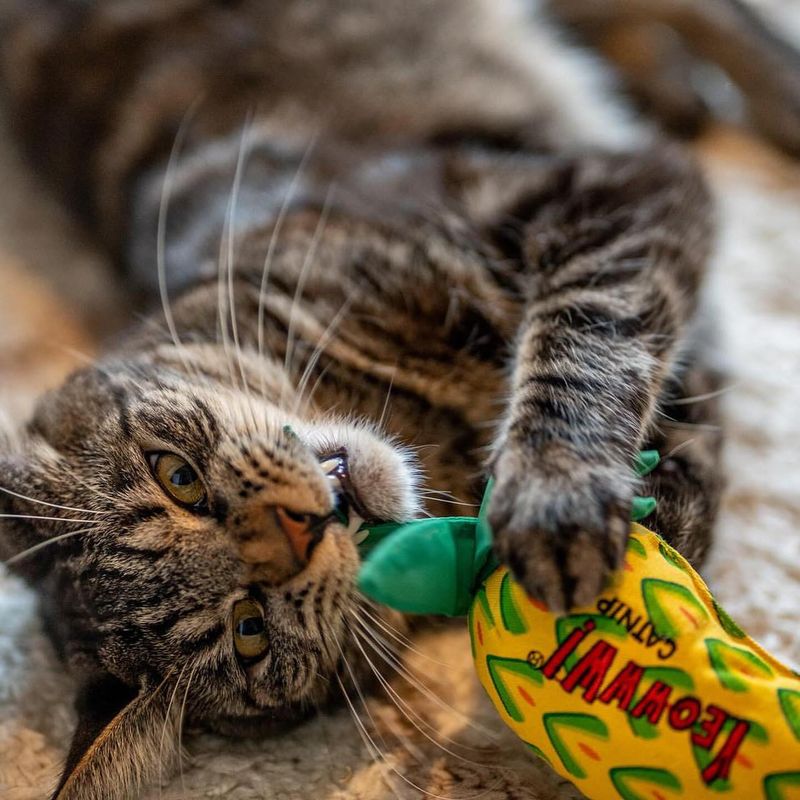
Watching a cat react to catnip is both fascinating and funny. They might roll, rub, meow, purr, or zoom around like they’re chasing ghosts.
These playful outbursts usually last 10 to 15 minutes, followed by a chill period where they won’t respond to catnip again right away.
Not every cat goes wild—some just sniff and move on.
Each feline reacts differently, so it’s good to know your cat’s vibe. That helps you decide how often to break out the ‘nip.
5. Introducing Catnip To Kittens
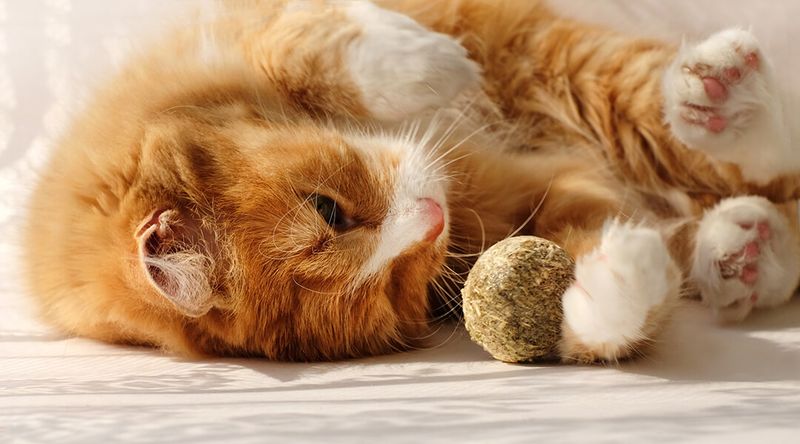
Introducing catnip to kittens takes a bit of patience and curiosity. Most kittens don’t respond right away, since sensitivity usually kicks in around three to six months old.
They might sniff or paw at catnip toys but skip the dramatic rolling and purring. That’s totally normal at this stage.
Start with small amounts in a safe space and let them explore at their own pace. Watch how they react—some may surprise you!
Even if they don’t respond now, it could change as they grow. Every kitten is different, and that’s part of the fun.
6. Genetic Sensitivity
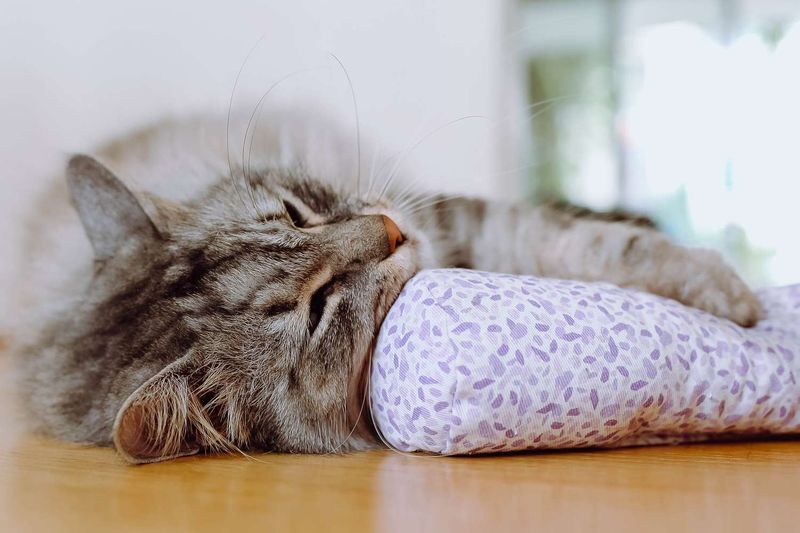
Not all cats are into catnip, and genetics are the reason why. Around 50% to 75% have the inherited trait that makes them respond.
Kittens and senior cats often don’t react, either because it hasn’t kicked in yet—or it’s faded with age.
A simple way to test? Offer a little dried catnip or a toy and watch for sniffing, licking, or rolling.
If they ignore it, they probably lack the gene, and that’s totally normal. Knowing this helps you tailor their playtime.
7. Using Catnip As A Training Aid

Catnip isn’t just for play—it can be a clever training tool too. Its scent can lure cats to scratching posts, toys, or even carriers.
Sprinkle a little on a post to keep claws off the couch, or use it to make vet visits less scary. Catnip toys also work great as training rewards.
Just don’t overdo it, or your cat might lose interest over time. A little goes a long way!
Training with catnip makes learning fun and strengthens your bond. It’s a win-win for both you and your feline friend.
8. Alternatives To Catnip
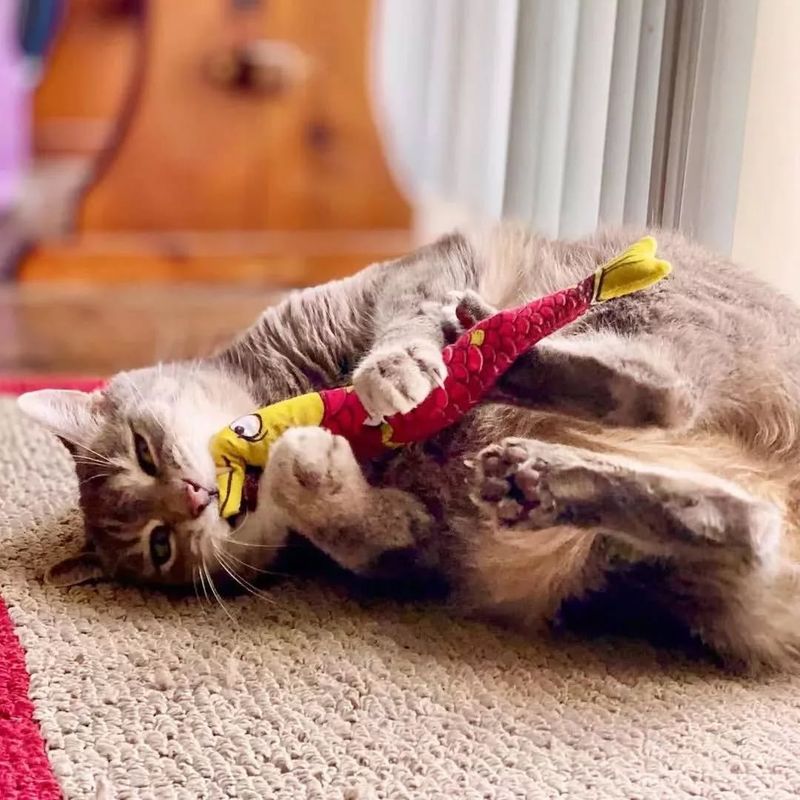
If your cat shrugs off catnip, don’t worry—there are other fun herbs to try. Silver vine, valerian root, and honeysuckle are top picks for non-responders.
Silver vine often wins more feline fans than catnip, thanks to compounds like actinidine.
Valerian root tends to have a calming effect, while honeysuckle wood can spark playful interest.
These herbs come in sprays, toys, or dried form, so there’s plenty to explore. Try them one at a time and see which gets the best reaction.
9. Understanding Catnip
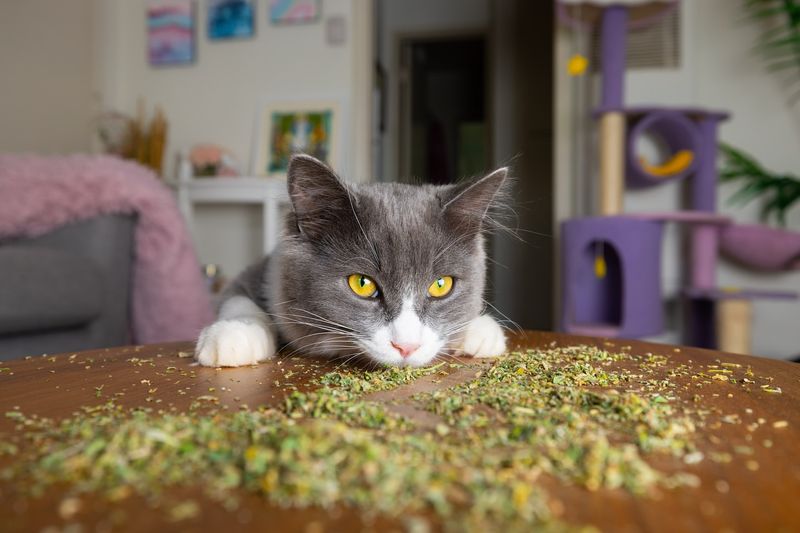
Catnip, also known as *Nepeta cataria*, is a mint family plant that sends many cats into pure bliss. Its magic comes from nepetalactone, found in the leaves, stems, and seeds.
When sniffed, it can make cats roll, purr, and act delightfully wild for about 10 minutes. Then comes a cooldown phase where they’re immune to it for a bit.
Not every cat is a fan—sensitivity is genetic, and kittens or seniors often skip the hype. Around 50–75% of cats actually feel the buzz.
10. Potential Side Effects
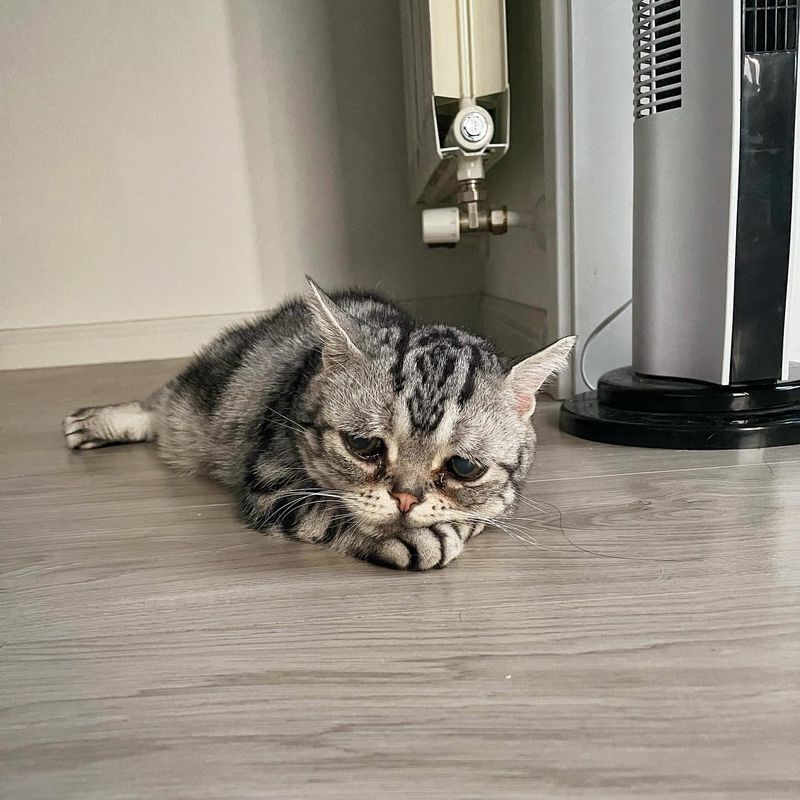
Catnip is usually safe, but a little caution goes a long way—especially with first-timers. Too much can cause mild tummy trouble like vomiting or diarrhea.
Some cats may get overly hyper or even a bit aggressive. If that happens, take the catnip away and give them space to chill.
Rarely, cats might sneeze or itch from a mild allergy. In that case, it’s best to stop using it and talk to your vet.
Avoid giving catnip to pregnant cats, as it can cause uterine contractions. With moderation and close observation, catnip can be a safe, fun treat!
11. Catnip Toys And Products
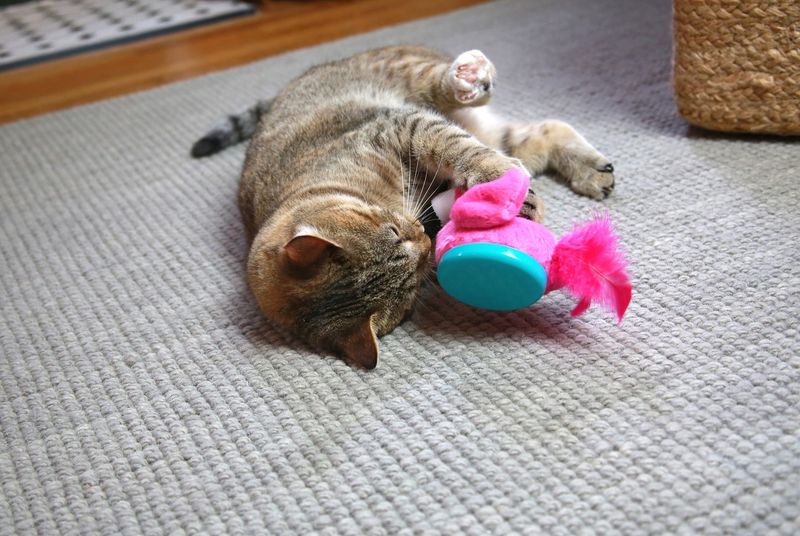
Catnip-infused toys are a fun way to keep your cat active and entertained. From stuffed mice to scratchers, there’s something for every play style.
Even laid-back cats often perk up when catnip is involved. It encourages exercise, curiosity, and healthy scratching habits.
Sprays and dried catnip can refresh old toys or spice up new ones. Just match the product to how your cat likes to play.
12. Storing Catnip Properly
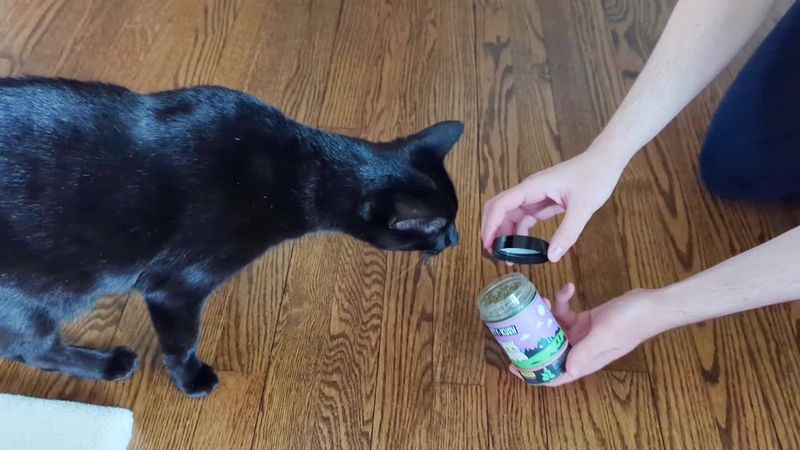
Keeping catnip fresh means storing it right. Air, light, and moisture can weaken its magical scent over time.
Use an airtight container, like a sealed glass jar, and stash it in a cool, dark spot. Want to go the extra mile? Freeze it!
Freezing catnip in a sealed bag helps lock in its potency for longer. Just thaw what you need when it’s playtime.
If it starts to lose its scent or your cat seems bored, it’s time for a new batch. Fresh catnip = happy, entertained kitty!
13. Growing Your Own Catnip
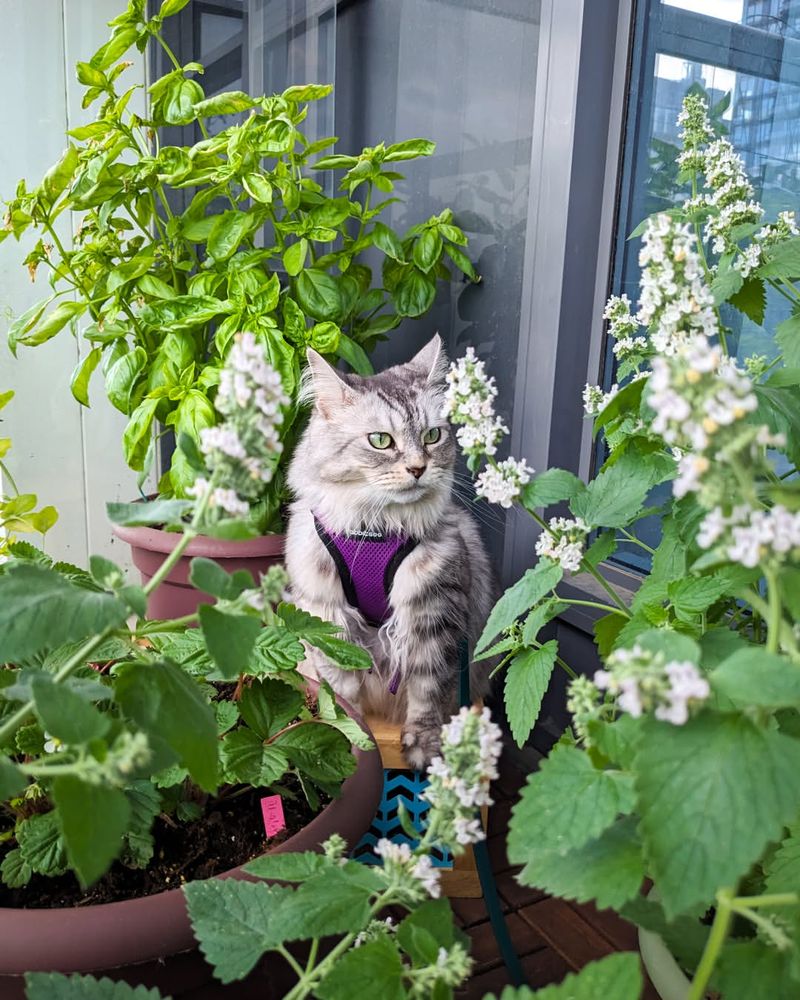
Growing your own catnip is a fun, budget-friendly way to spoil your cat. It’s easy to grow indoors or out and doesn’t need much attention.
Just give it sunlight, well-drained soil, and a little water. Indoors, place it by a sunny window for a year-round supply.
Once it’s big enough, snip off leaves and stems to use fresh or dry. Your cat will love the homegrown treat!
14. Limit Frequency
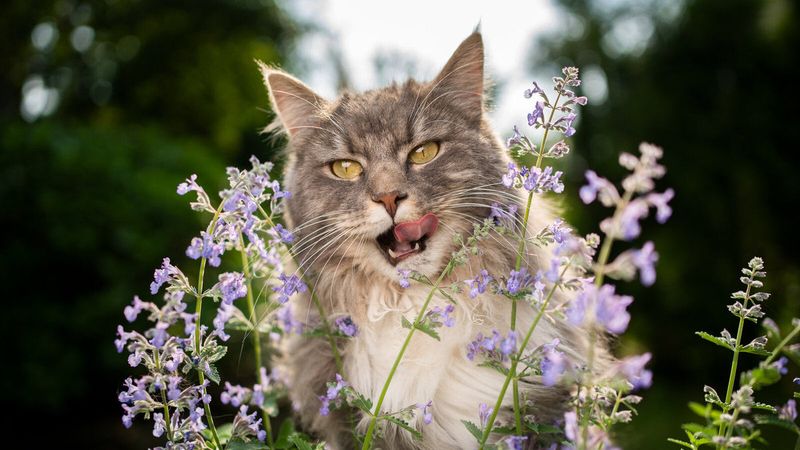
Catnip is like a party for your cat—but too many parties can get boring fast. Offering it once or twice a week keeps things exciting.
If given too often, the magic fades and your cat might stop responding. Less is definitely more when it comes to this feline favorite.
Watching your cat’s behavior helps you fine-tune the fun. Every kitty reacts a little differently.
Keep the play zone safe and chill during catnip time. That way, the good vibes stay strong!




